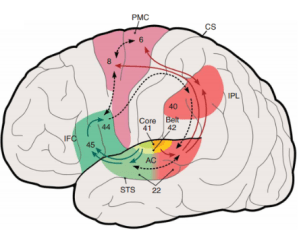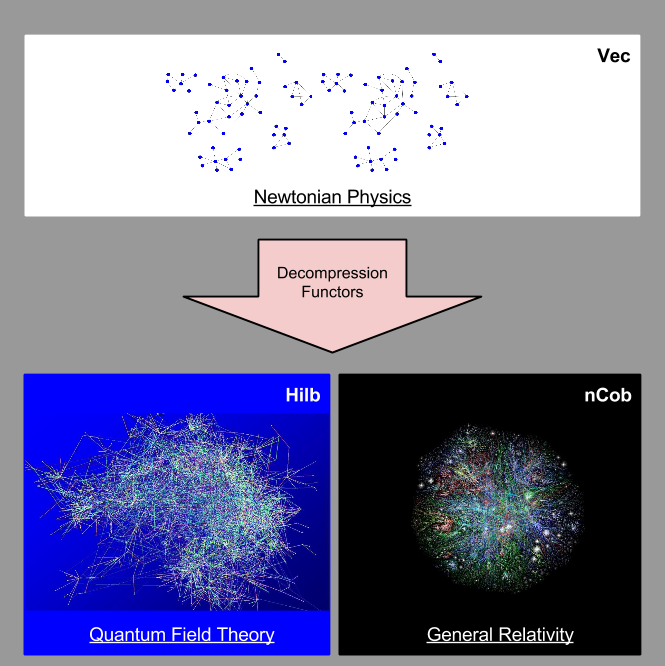Part Of: Philosophy of Science sequence
Followup To: An Introduction To Structural Realism
Content Summary: 800 words, 8 min read
Motivations
Recall the takeaways from last time:
- Realists advance the no-miracles argument: the predictive power of science seems too implausible unless its theories somehow refer to reality.
- Anti-realists counter with pessimistic meta-induction: previously successful theories have been discarded; who are we to say that our current theories won’t meet the same fate.
- The approximation hypothesis is where these two arguments connect meaningfully: isn’t it more accurate to call older theories approximations rather than worthless?
- It is notoriously difficult to describe what “approximation” means.
- Some realists have conceded that scientific narratives tend to fail, but produce compelling evidence that scientific equations tend to persist. This position is known as structural realism (where formulae structure means more than the meaning of the variables).
This summary is all fine, until you start to wonder… what precisely does “formulae structure” mean? And how is such a thing approximated?
Vocabulary Sharpening
Before we begin, consider the word “approximate”. It is directional: while we can say that Newtonian Physics approximates General Relativity, such a statement casts the older theory as the actor. This temporal confusion helps no one. What’s worse, in my view, is that “approximation” hints at the end of science, as though our current theories are causally derived from some Ultimate Structure, some Theory Of Everything.
Physicists in the business of approximating quantum mechanics? No! Progress runs in the other direction.
New theories are “pulled up from” a Theory Of Everything? No! Theories are fueled by the earth… data is their breath.
Let us discard the notion of approximation and consider the reverse direction. We might cite “generalization” or “disaggregation” for this purpose. But let me instead use theory decompression. Here is a sharper expression of the two tasks that lie before us:
- What is structure?
- How do scientists decompress structure?
The Language Of Categories
Category theory seems the best candidate for a realizer of structuralism.
What is category theory? I’m glad you asked!
- Category theory divides the world in terms of objects and processes (and meta-processes, and meta-meta-processes, etc).
- “Processes” are called morphisms, and “meta-processes” are called functors.
- Meta-processes that inject new information into their target categories are called free functors, those that eject information are forgetful functors.
- A category, then, looks a lot like a network graph – with morphisms connected various objects together.
- How can a formula become a graph-like thing? Operations (*, +, etc) become morphisms, variables (x, y, etc) become objects.
- One way to describe categories is by looking for patterns in the underlying “graph”. These patterns are known as universal constructions.
- Categories earn adjectives for different combinations of universal constructions.
- For example, any category equipped with a pattern known as “exponential” is called a closed category.
Categorical Interpretations Of Physics
In what follows, I will leverage some idea in (Baez/Stay 2009) Physics, Topology, Logic and Computation: A Rosetta Stone.
- Of course, modern physics is composed of two separate theories: Quantum Field Theory, and General Relativity
- Quantum Field Theory (QFT) is the category Hilb, which is a categorical interpretation of a Hilbert space.
- General Relativity (GR) is the category nCob, which is a categorical interpretation of the topological notion of cobordism.
- Both QFT and GR both share the same set of patterns, and hence they share the same adjectives. Both are closed symmetric monoidal categories.
- Noticing the pattern overlap is now motivating work towards a unified [Physics] Theory Of Everything.
- As an aside, do you know what other categories share this moniker? Computation and linear logic.
- Newtonian Physics is the category Vec, which is a categorical interpretation of vector space. It is not closed symmetric monoidal.
- Note: unlike the rest of this section, take the above line with buckets of salt. It is my own conjecture, used for illustrative purposes.
- In this setting, what is the meaning of theory decompression? Such a thing might be the construction of free functors, i.e., decompression functors.
I intend to flesh out this present section in the coming years. But for now, here is where we leave it.
Harden Your Query
We have successfully hardened the concept of structure, and used it to harden our theory of physics. Consider again our second question:
- How do scientists decompress structure?
With our newfound understanding of structure, we can make this research question more precise:
- How does Vec produce the same predictions as Hilb + nCob?
- How do scientists go about constructing decompression functors?
Category theory is not yet powerful enough to answer these questions. They are, I submit, the most important unsolved questions in all of philosophy of science.
Wrapping Up
Let me close on a note of poetry. The following quote is one of the most beautiful thoughts I have ever encountered. It is attributed to Stephen Hawking.
What is it that breathes fire into the equations and makes a universe for them to describe?
For us, our query has become:
What is it that breathes fire into these categories and makes a universe for them to describe?

